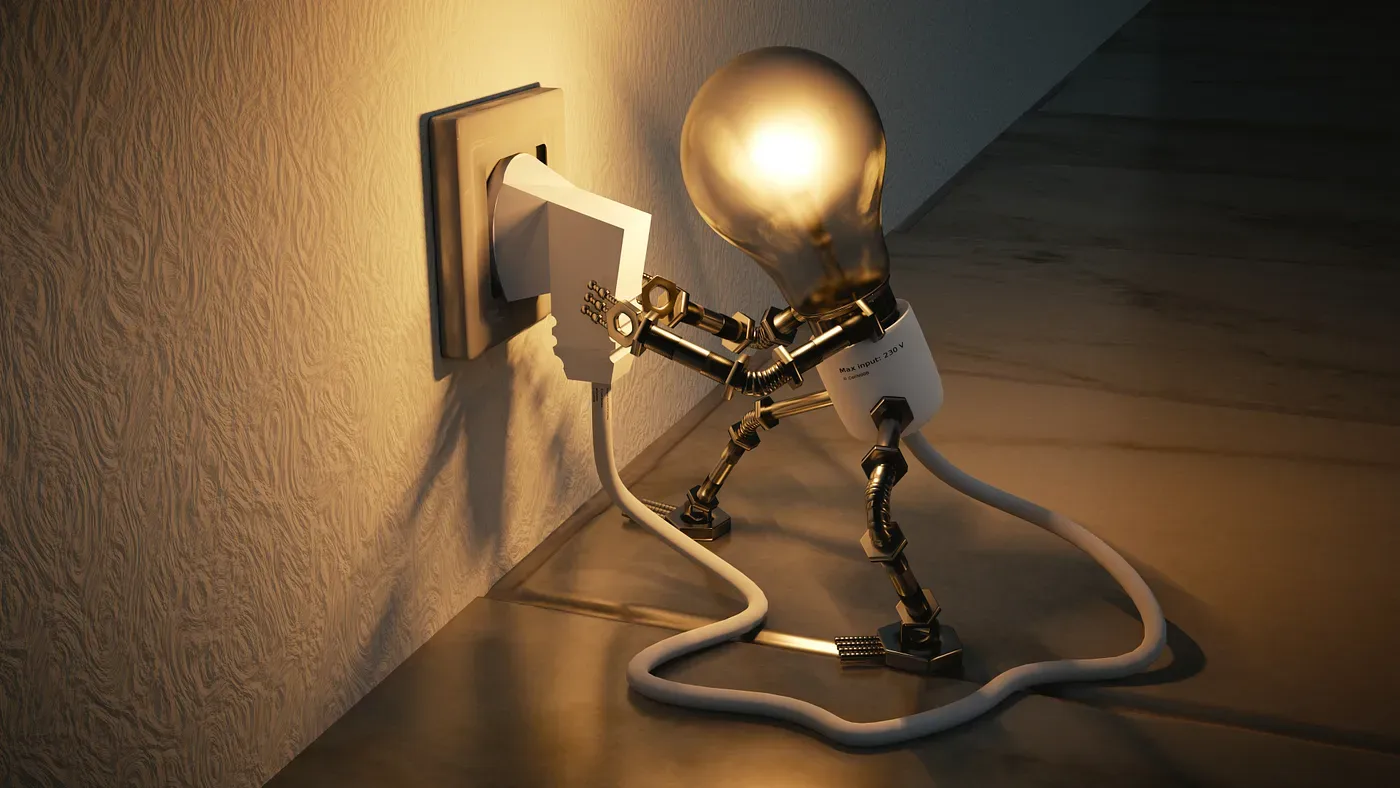We’ve all seen and experienced the power crisis by now, isn’t it? The heatwave is going to get over and summer recedes. But one thing we should remember is that such a power crisis has a high probability of happening every year. You might ask, why?
Our power demand has been rising unprecedentedly owing to an increase in economic power, lifestyle, and industries. In fact. there are reports demand might rise to 215 GW from the existing record day demand of 207.11 GW during this monsoon season itself.
Isn’t it a straightforward solution to increase the power capacity to meet the rising demand? Increasing the power capacity in a developing economy isn’t as easy as we speak.
Power generation in India is dominated by coal amounting to 75% of the total generation. Most of the coal we use for power generation is imported. With inflation in coal prices (tripled over the last few months), it wasn’t easy to import coal (Newcastle coal futures, the benchmark for Asia, are around $325 per ton from $90 per ton a year back). In fact, importing coal at all costs became a necessity once there was a record spike in demand and the government obliged with certain rules passed.
Along with importing coal at high prices, debt-laden DISCOMs (power distribution companies) also had to shell out more money to address the daily power demands. Some of the DISCOMs had to spend INR 12–18/unit on the power exchanges from the usual INR 2.5–7/unit in order to meet their customer’s demand.
Even then, there were shortages in power supply, with a 10 GW shortage on the record day. So, the power cuts became a norm.
The short-term power crisis is something we all face. You might now wonder if we should plan for a long-term generation in order to address such issues. But running a generation plant isn’t easy either. Especially, when there is a cap on the price to be sold. But without caps, like the recent one on INR 12/unit being the maximum, the DISCOMs suffer.
If you are now wondering just about energy insecurity, now think about the emissions. As already mentioned, coal dominates our power generation. This means every unit we consume either to power our lights or EVs, results in a higher carbon footprint. In fact, every unit we consume results in 0.8–1kg of CO2 emissions.
At the UN Climate Change Conference (COP26) in Glasgow in November, Prime Minister Narendra Modi pledged to cut India’s carbon emissions by 1 bn tonnes by 2030. The commitment also includes meeting 50% of India’s energy requirements from renewable energy by 2030 and increasing non-fossil fuel power generation capacity to 500GW by the end of this decade. Modi also pledged net-zero emissions by 2070 (Hindustan Times).
With our ambition for net zero, our power grid has to shift from coal-dominant (75% of total power) to renewables. This means that renewables are not just to be added but also have to be added at an extreme pace in order to meet the surging power demand.
As we keep doing that, why not just improve the efficiency of power demand?
Power lost during transmissions :
Many DISCOMs in India have T&D (Transmission & Distribution) losses amounting to more than 20%. For reference, developed countries like the US & Europe have T&D losses of about 5–6%. This is something which the DISCOMs can improve and the plans have already been laid out to address the same.
Inefficiency during usage:
This turns out to be a major headache as inefficiency in power usage isn’t easy to track (unless you are using devices like Zodhya’s :) ). The problem here is more correlated to the behaviour of the consumers including us and how we utilised the power given to us.
As per a report by BEE (Bureau of Energy Efficiency):
The scope for energy efficiency improvements in existing buildings is immense. Energy Audit Studies have revealed a savings potential to the extent of 40% in end-use such as lighting, cooling, ventilation, refrigeration etc. In order to address this institutional barrier, the Bureau of Energy Efficiency has taken up the task of institutionalizing energy efficiency services, and of promoting energy efficiency delivery mechanisms, such as the development of a market for Energy Service Companies (ESCOs), which address the risks perceived by building owners.
It is not that only India has taken steps for energy efficiency. Many countries like South Korea, the EU and the US have taken a few stringent steps. In Japan, the officials have urged their residents to watch fewer hours of TV, switch off ‘keep warm’ on rice cookers and refrain from using heaters on toilet seats to reduce power demand on the grids.
Efficiency in energy means a reduced power demand. And the onus is also on us to reduce the choking of our grids.
Meanwhile, here are some images which give you a better picture of the ongoing power cuts, depicted in the average duration of power outage in a day:


Source: Urja Mitra

